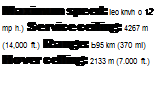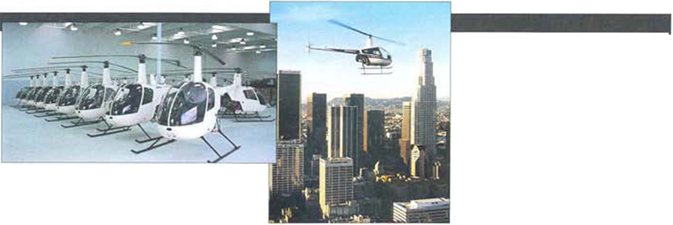First of the big Sikorskys
|
Powctplanl: one 522-kW (389-hp.) Wright R – 1300-3 radial piston engine |
|
Maximum speed: 18О knvh (112 mp. h); cruising speed 146 knvh (90 m. p.h.) |
|
cockpit to the high-mounted rotor. With a rear cabin that could earn 10 passengers, the $-55 was an instant success, and its loinbat debut came in Korea It was Цсспсо-buill by Westland in Britain and served with tiic Koval Navy’s Jungly’ squadrons in Malaya dropping commandos into the forest French S-55*.. limit by SNCA. served in Algeria, pursuing the F. NLA into tile Atlas mountains In nuinemus wars from the African desert to tile jungles of |
|
Vietnam S-sss carried out thousands of troop lifts and medevue (medical evacuation) missions later when tc-engfned with a turlxiprop instead of tile heavy piston engine, it gained a new lease of life and soldiered on into the 1990s. |
|
Helicopters really came ol age alter 19li, and the type owes much to ilu work of the great Igor Sikorsky. Alter tlu – pioneering у Si Sikocskv set about building a utility machine for tin l.’S Ліг Гопе. ifckignatcxl II ІЧ rhe first of these, known to the manufacturer as the S-S5. Hew in Nownibct I94V It was p Avennl by a Pratt »4 Wltiltur) radial piston engine, similar to those in wartime fighters file ilm e shaft ran under the |
|
Range: 680 km |360 mi.) |
|
Service ceiling: 3940 m (13.000 ft.) |
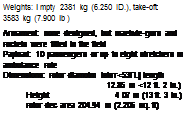
|
The S-55 was very similar to its Soviet counterpart, the Mi-4. Both types provided valuable new experience of operating helicopters in unusual roles and conditions. |

|
Seertft-and-rescue S-55e hod a startxxirn-mounted wven. |
|
COMBAT DATA |
|
The wide «labln uajrrcivroQo war. i*ecntw! as the S-55 was l;A. Khougti Ihit negro wuqht w. rti low down EwV hnleopton: often suffered •ground rnsonanoo’ duo to Ow shape, which on occasen caused baa ftcaoonla |

|
H-19B |
|
the main cabm accommodated up to 10 passengers seated agaaist the wa*s taeng owanls. three со the (root and rear watfo, and two each side |
|
five US Air Force operated the S-55 a* the H-19A and H-198 in the air-sea rescue role. Tho same version was known as tho H-19C Chickasaw In US Army service. |
|
110 ka. li |ll? ю р» ) |
|
И-І00 |
|
210 tusk |IM n. f.k. l |
|
No nekeopter was economical. and the early generation ot machine* used W at a great rale However, «me* they wen dwsgnnd lor slvxlrang* tasks such as coastal rescue, amphbou* assault or одлйс suppor on the battle ЛоЮ Шеи lock ot range was seen as no real handeao |
|
Ttv. «пдігн» ot tho S-56 *»•". conselisnily uprated The i»ur H-tgriada Pten 4 Whflnoy R-1340 nutnii. out the Wight 1820 01 li r HRS-4 had Глад Bwpnwa |
|
Tho tat rotcr was u s»nplo twobUdmi unit. Onvon try а Юпд shaft from the man transiTWaon under tho man rotor |
|
Trip nvii’i firacfeige was of corivmhon« atumnwm orxl mognooujrn owrv monoooduo construction, except lor the crvomo-mciybdanom «ми rotor pylon |
|
PAYLOAD |
|
The haheoptor* «neb entered server at the one ot Wtond Vfiir II were pushed to cany two or three passenger» as леи as a pkx So the S-55. which mad* as max)an tight in 1940. was a MtvKoeon Capable ol kiting 10 troops it was *»•>, tn* most capobio heftcoplar of И» lm*. only turpmaed by me much tagger Mr MI-4 in the eerty 1950s |
|
In service around the world Ш US MILITARY S-S5s: Known as the H-19 (At Force). H-19 Ch’c – ;waw (Army), H04S (Navy) and HRS-3 (Manno Corps), tho was tho fTst holicoptor to servo in largo numbers |
|
■ EXPORT SUCCESS: The S-5Ss capability were so far і advance of any other Western helicopter that it sold widely abroad, to more than a dozen countries. Including Canada |
|
■ ROYAL HELICOPTER: The most luxurious ol all S-Й variants, the turbine-powered Westland Whirlwinds ol Britain’s Queen’s Fight (lew until the late 1960s. |
|
И-198 10 tiopps |
|
тіоои |
|
шив nutr • Ireept |







Sikorsky












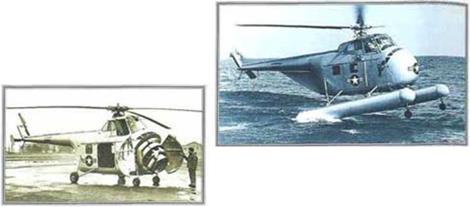 The large, bulky radial was faired under twin clamshell doors. Engineers loved this as it meant easy access to the engine. But the mamago of helicopters and large piston ongines was never realty successful.
The large, bulky radial was faired under twin clamshell doors. Engineers loved this as it meant easy access to the engine. But the mamago of helicopters and large piston ongines was never realty successful. Troop carrier ►
Troop carrier ►
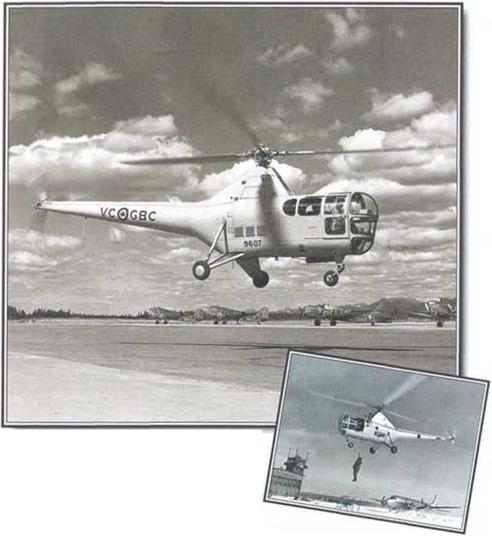 After its succoss with the R-4, the USAAF issued a requirement for a larger machine which was able to carry out tasks such as observation duties. Vought-Sikorsky’s Model 327 was designed to meet the new specification and shared the R-4*s basic layout. However, it was an entirely new design and seated two crew in tandem in a more streamlined fuselage. Sikorsky went on to dovolop the S-51 civil helicoptor from the R-5.
After its succoss with the R-4, the USAAF issued a requirement for a larger machine which was able to carry out tasks such as observation duties. Vought-Sikorsky’s Model 327 was designed to meet the new specification and shared the R-4*s basic layout. However, it was an entirely new design and seated two crew in tandem in a more streamlined fuselage. Sikorsky went on to dovolop the S-51 civil helicoptor from the R-5.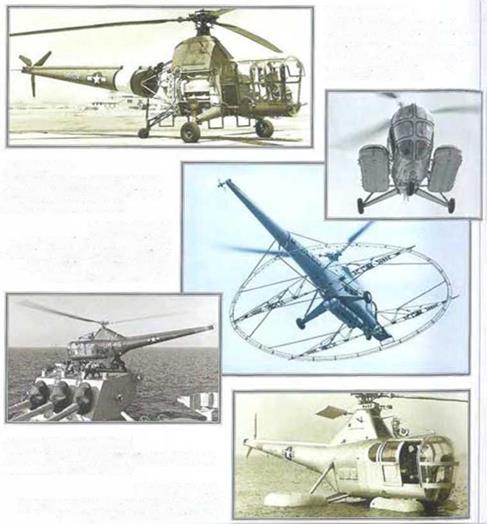 A Early days
A Early days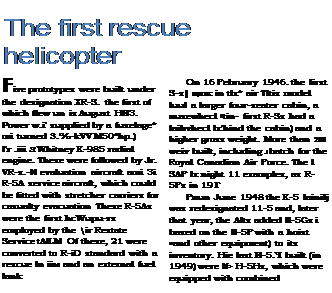

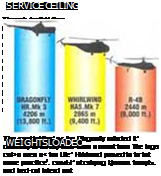






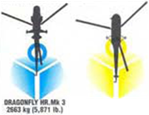


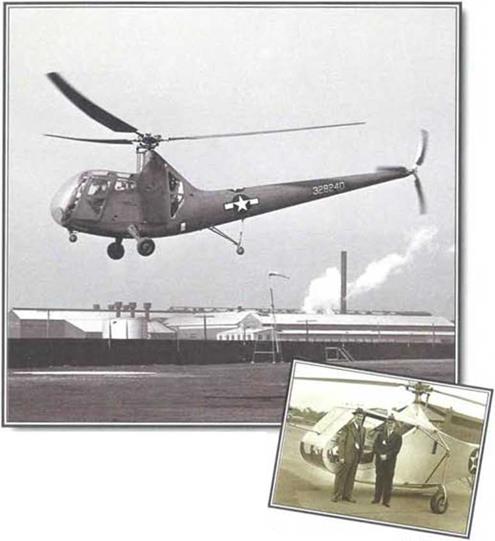
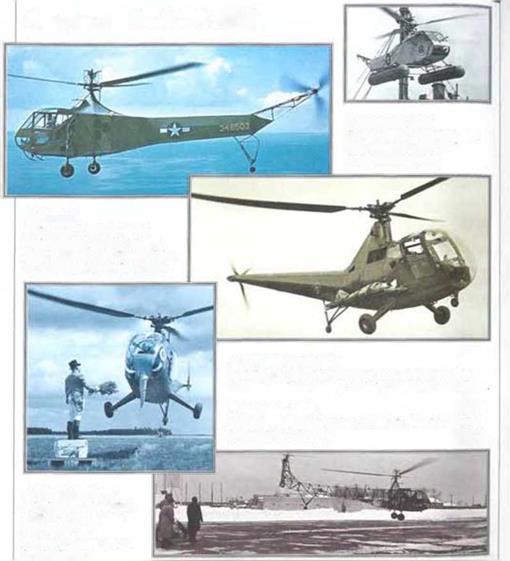 ▲ Merchant Navy
▲ Merchant Navy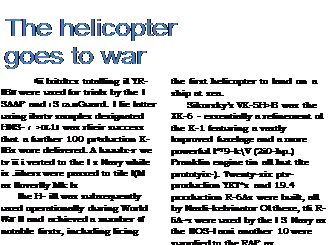


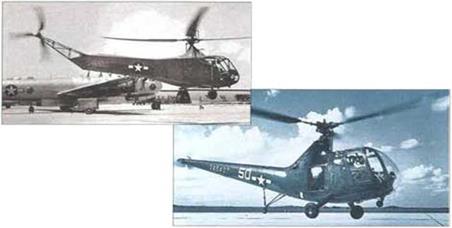


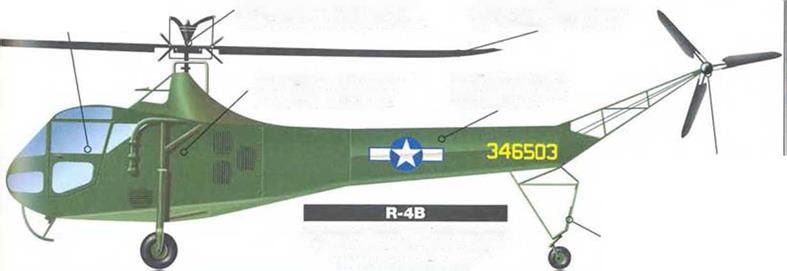

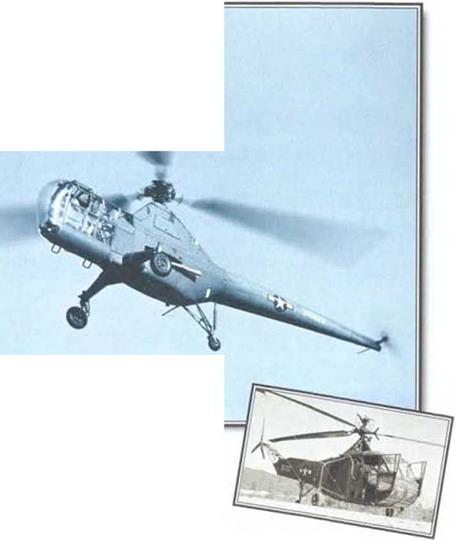 Many people believe the role of the helicopter in World War II was restricted to experimental flights. The USAAC took it far beyond the test phase and Sikorsky’s diminutive R-4 performed some of the most significant flights of the entire war. Pilots found themselves confronted with an ontiroly now era of flight, and the potential of the military helicopter was quickly seen. As a search and rescuo platform, it was a life-saver.
Many people believe the role of the helicopter in World War II was restricted to experimental flights. The USAAC took it far beyond the test phase and Sikorsky’s diminutive R-4 performed some of the most significant flights of the entire war. Pilots found themselves confronted with an ontiroly now era of flight, and the potential of the military helicopter was quickly seen. As a search and rescuo platform, it was a life-saver.
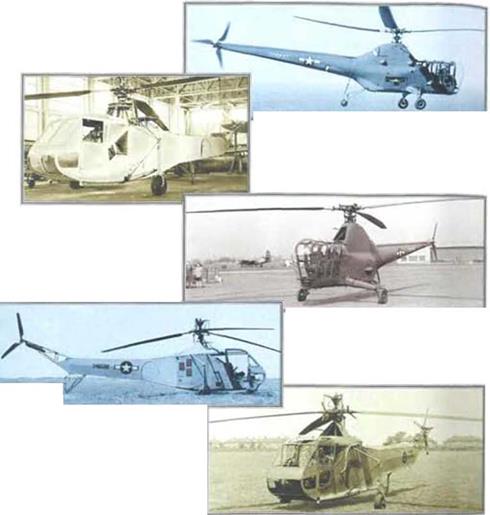


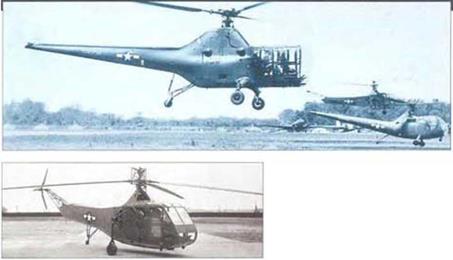







 Early Sikorsky helicopters
Early Sikorsky helicopters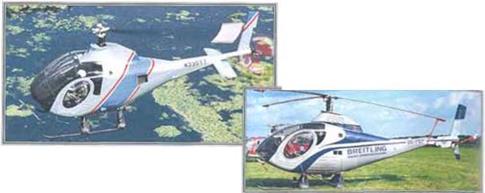 ▼ Common components
▼ Common components
 FACTS AND FIGURES
FACTS AND FIGURES

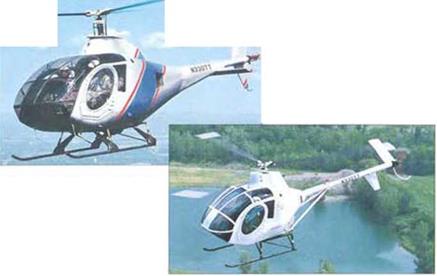





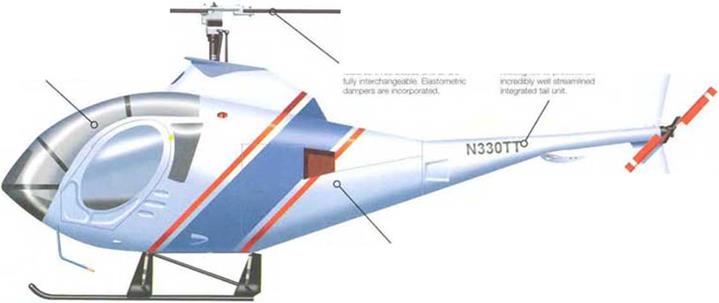








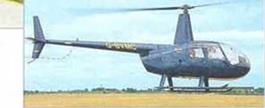






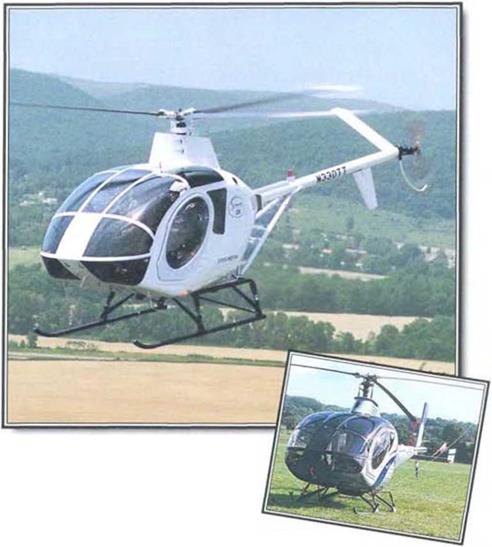

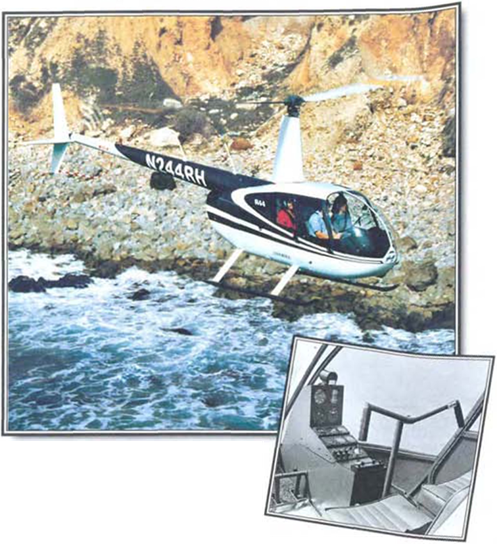
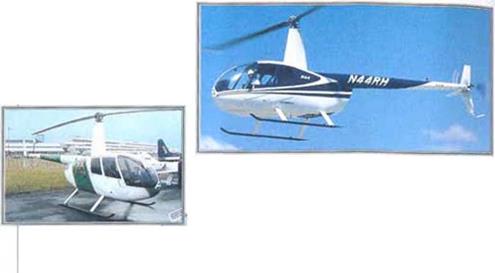 Robinson R44
Robinson R44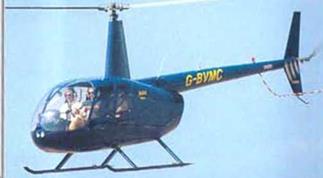 Small helicopters have proved especially popular in the United States, and competition is fierce. Tho R44 has sold well.
Small helicopters have proved especially popular in the United States, and competition is fierce. Tho R44 has sold well.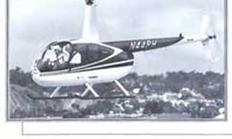
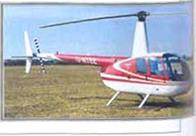 Exceptional ► versatility
Exceptional ► versatility





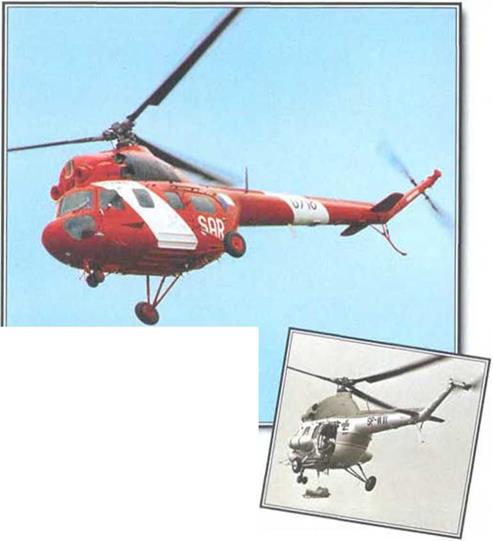 Designed in Russia by the Mil bureau but built in Poland by PZL at its Swidnik factory, the Mi-2 was the world’s first light, twin-enginod helicopter. The first prototype flew in September 1961, and since production startod in 1965 того than 5000 have been delivered. They have been used for a range of missions by civil and military operators in many countries. As well as developing the Mi-2, PZL has also launched the improved W-3.
Designed in Russia by the Mil bureau but built in Poland by PZL at its Swidnik factory, the Mi-2 was the world’s first light, twin-enginod helicopter. The first prototype flew in September 1961, and since production startod in 1965 того than 5000 have been delivered. They have been used for a range of missions by civil and military operators in many countries. As well as developing the Mi-2, PZL has also launched the improved W-3.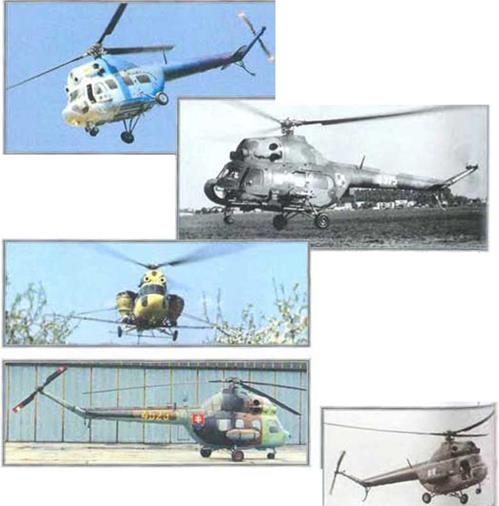
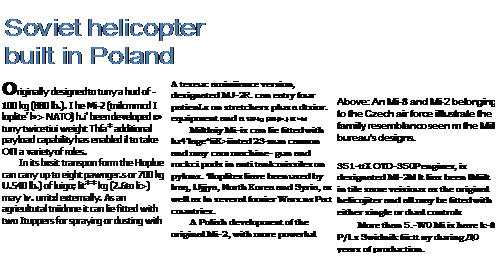



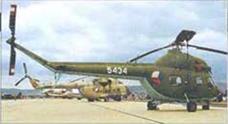
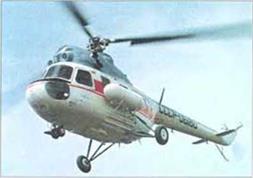




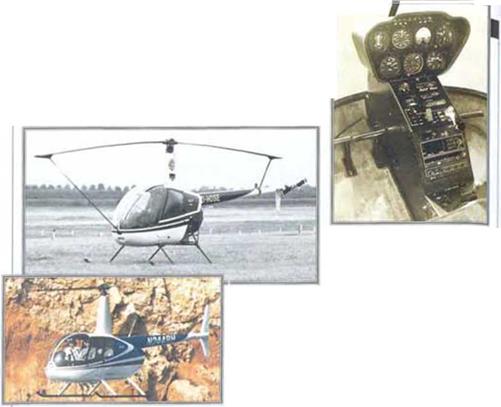 ▼ All tied up
▼ All tied up ◄ R22 on floats
◄ R22 on floats

